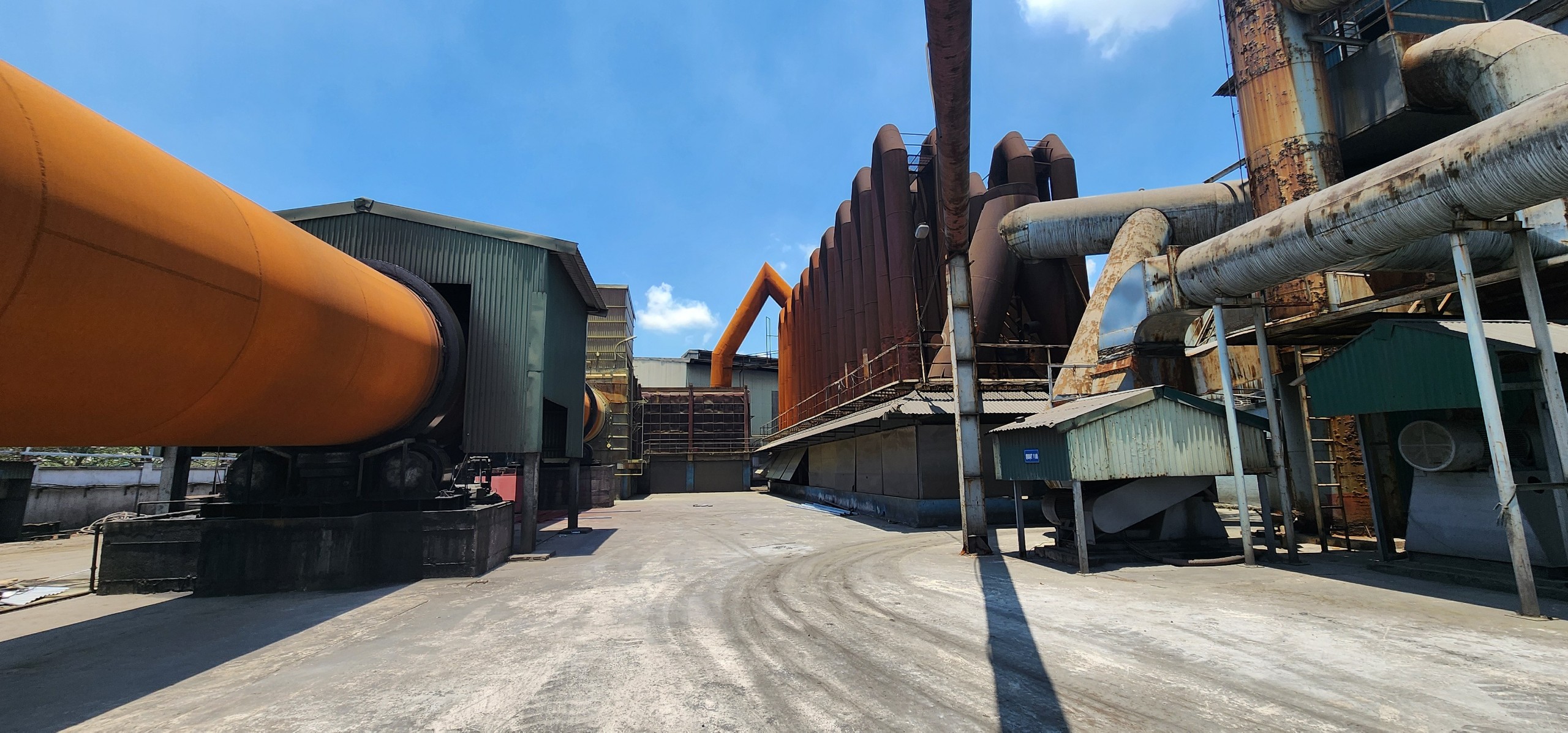
Standards for Operating a Zinc Oxide Manufacturing Plant
Operating a zinc oxide manufacturing plant requires strict compliance with legal, technical, and material management standards. These standards are essential not only for ensuring production efficiency but also for meeting environmental protection and safety requirements. Below are the key standards for a stable and sustainable operation of a zinc oxide recycling plant.
1. Licenses and Legal Compliance
The zinc oxide manufacturing plant must have all necessary permits from regulatory authorities, which include:
- Environmental permits: The plant must comply with strict regulations on controlling emissions, wastewater, and solid waste to protect the surrounding environment.
- Production permits: Manufacturing activities must adhere to state regulations to ensure legal and industry-compliant operations.
- Occupational safety standards: Ensure a safe working environment with appropriate health protection measures for workers, such as protective equipment and accident prevention protocols.
2. Advanced Recycling Technology of a Zinc Oxide Manufacturing Plant
The plant must be equipped with modern technology to optimize the process of recycling zinc oxide from raw materials such as electric arc furnace (EAF) dust, zinc ash, zinc slag and other zinc residual materials.
- Waelz or RHF technology: Utilize Waelz kilns or rotary hearth furnaces (RHF) to recover zinc from raw materials. These advanced technologies ensure high recycling efficiency and output.
- Support equipment: Transportation and production support equipment like raw material transport trucks, conveyors, mixing equipment, and cooling systems play a vital role in optimizing production:
- Transport trucks move raw materials from storage areas to processing zones.
- Conveyors ensure the continuous movement of materials from storage to kilns.
- Mixing equipment ensures that materials such as EAF dust, coal, and limestone are evenly blended before entering the kiln.
- Cooling equipment lowers the temperature of the product post-furnace to ensure quality and safety in subsequent processes.
- Air filtration system: Ensure that emissions are strictly controlled, minimizing harmful components such as SO₂ and NOₓ.
3. Raw Material Supply and Additives
The plant’s raw materials include EAF dust, zinc slag, zinc ash, and additives such as coal, limestone, and oxygen.
- Zinc-containing raw materials: The input materials must be stable and of high quality, with low levels of impurities like lead and cadmium for maximum recycling efficiency.
- Additives:
- Coal serves as a reducing agent, helping to reduce zinc oxide into metallic zinc or higher-grade zinc oxide.
- Limestone acts as a flux, removing impurities and neutralizing acidic components in the material.
- Oxygen is required for combustion and maintaining high temperatures in the kiln.
- Quality control of raw materials: Regular inspections of raw materials and additives are necessary to ensure proper composition and the absence of harmful substances.
4. Logistics and Transportation System
The zinc oxide manufacturing plant requires a well-organized logistics and transportation system to ensure production efficiency.
- Storage location: Storage should be near the plant or raw material sources to reduce transportation costs.
- Storage area size: The storage area must be large enough to hold the necessary reserves of zinc-containing materials and additives like coal and limestone.
- Environmental protection system: The storage facilities must have systems to prevent seepage, moisture protection, and proper drainage to keep materials dry and prevent groundwater contamination.
- Moisture control: Raw materials like EAF dust must be kept dry to avoid weight gain from moisture, which increases transportation costs.
- Material handling equipment: Transport trucks, conveyors, and other support equipment must undergo regular maintenance to ensure the continuous flow of materials.
5. Personnel and Expertise
- Technical team: The plant must have skilled technicians capable of operating and maintaining modern technology systems.
- Continuous training: Employees should undergo periodic training to master technological processes and safety standards, ensuring production efficiency and minimizing risks.
6. Economic and Financial Planning for zinc oxide manufacturing plant
- Initial investment: Investing in modern technology, support equipment, and environmental protection systems requires substantial capital. A detailed financial plan is necessary to ensure the plant’s stability.
- Operational costs: The plant must manage operational costs such as energy, labor, and maintenance to optimize profitability.
Conclusion
Operating a zinc oxide manufacturing plant requires not only advanced technology and raw material management but also seamless coordination between logistics, personnel, and financial planning. In addition to meeting legal and environmental requirements, the plant must focus on technological innovation, product quality improvement, and effective environmental protection.


